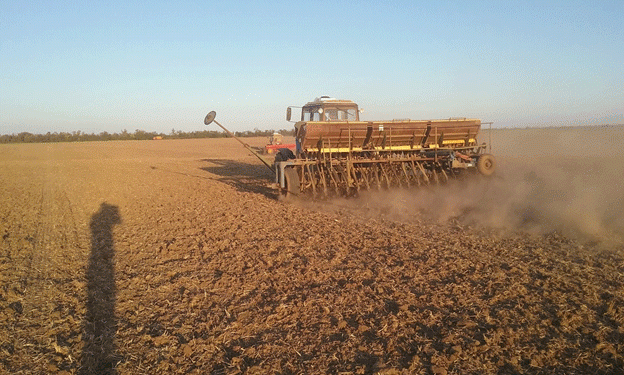Wheat cultivation plays a critical role in feeding millions of people across the globe. However, late sowing of wheat is a common concern for many farmers, particularly when delayed monsoons or other factors disrupt planting schedules. While the optimal sowing period is typically between late October and early November, delayed sowing does not necessarily mean reduced yields. With the right techniques and varieties, farmers can still achieve excellent results.
Machine Sowing: A Time-Saving Solution
One of the most effective methods to handle delayed sowing is the use of Shid Drill Machines. Agricultural scientists recommend this approach for farmers who are facing time constraints. The Shid Drill Machine allows for sowing wheat without the need for plowing the soil, which saves time, reduces labor costs, and increases efficiency. This machine enables farmers to sow wheat directly into the soil at a faster pace, ensuring that the crop is planted in time for the growing season.
By utilizing this modern technology, farmers can overcome the challenges posed by delayed sowing and achieve the desired planting density without additional effort. This machine is a game-changer for those who need to catch up on sowing during a delayed season.
Expecting High Yields Despite the Delay
Even with a delayed sowing schedule, farmers can still expect high yields, depending on the variety and weather conditions. According to agricultural experts, wheat sown late—within a period of 110 to 120 days—can still produce up to 40 quintals per hectare. This yield is significant, and if managed properly, it can lead to substantial profits.
Farmers should opt for early maturing wheat varieties that are better suited for late sowing. These varieties have a shorter growing period and can withstand the cooler temperatures that often accompany late sowing. By selecting the right seed and adopting efficient sowing techniques, farmers can still achieve results comparable to those from earlier sowings.
Weather Conditions and Post-Sowing Care
While delayed sowing may have an impact on the crop, the weather plays a significant role in the final yield. Adequate moisture and favorable temperatures during the wheat’s growing period can compensate for the late start. Farmers should also be mindful of pest and disease management, as late-sown crops may be more susceptible to certain environmental stressors.
No Need to Worry—Profit is Still Possible
Late wheat sowing does not have to result in a reduced harvest. By using modern equipment like the Shid Drill Machine, choosing appropriate wheat varieties, and managing the crop well, farmers can still see high yields and good profits. With a bit of patience and the right techniques, wheat farming can remain a profitable venture even in seasons where sowing is delayed.
For farmers looking to maximize their returns, focusing on the right sowing practices and varieties is crucial. By following these strategies, farmers can ensure a successful wheat harvest, regardless of the timing of their sowing.
Error




